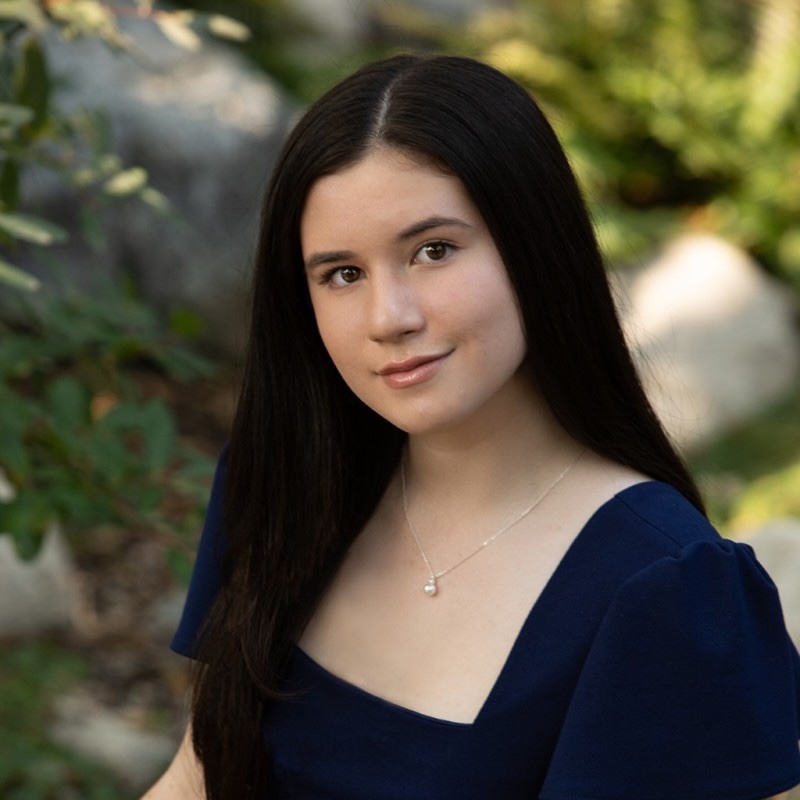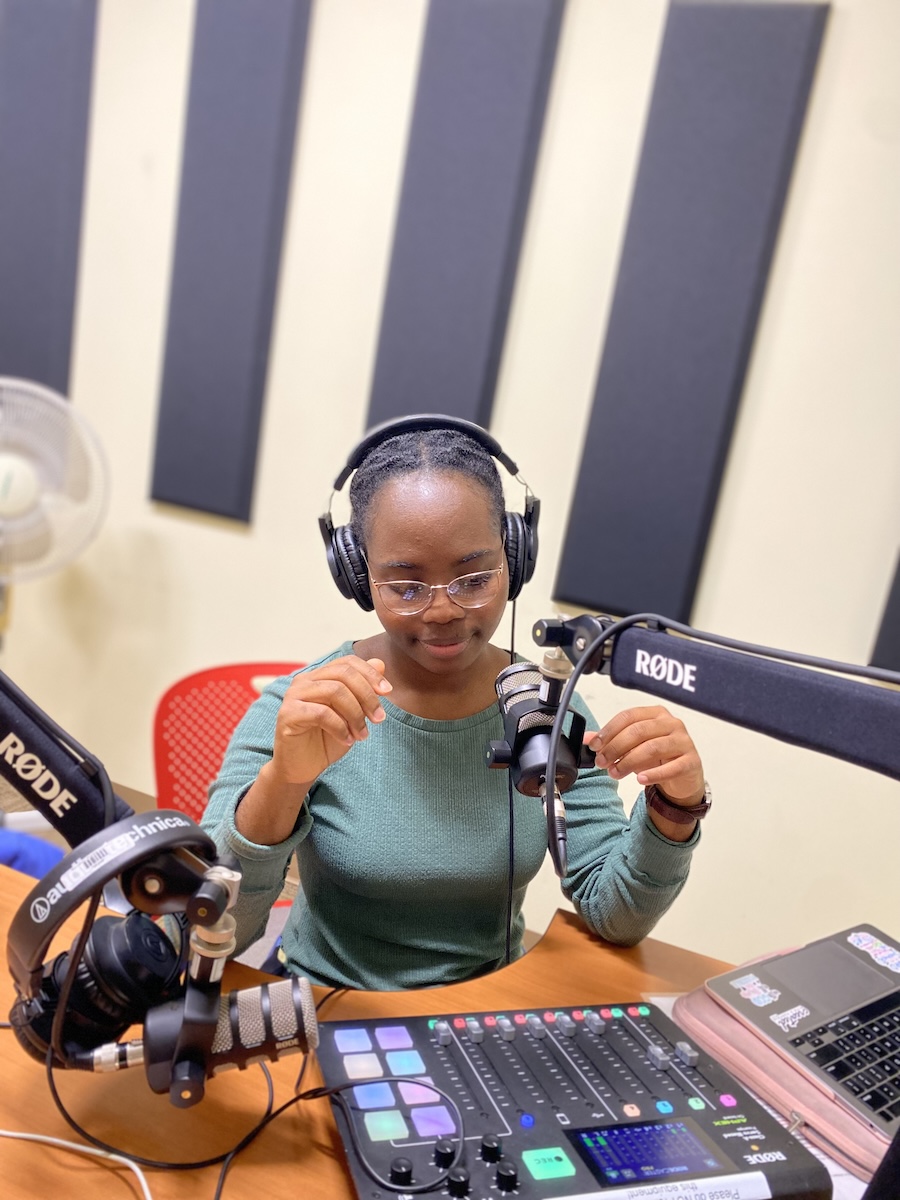The Art of Charlotte Borden ’19 and Her Students, All Former Correctional Facility Residents
By Ellice Lueders '18








Charlotte Borden ’19 would not want her name to be the first in this article. This summer, funded by the Thomas A. McKinley ’06 and Hannah Weil McKinley ’08 Summer Fellowship, she taught art classes to a class of six residents at a minimum-security prison in Maine. Their stories are what she sought to promote at a recent art opening at the Lamarche Gallery in the Smith Union.
The exhibit consisted of a selection of the inmates’ works made in her classes this summer as well as twelve portraits she painted of them, according to their instructions. Each of these portraits was accompanied by an interview Borden recorded with the student, asking the same questions each time.
Borden painted two portraits of each student: one a close-up of his face and the other a portrayal in a more interpretive setting. In one of these interpretive portraits, the student is a small figure in the midst of an abstract, spindly landscape that spreads across the canvas in thin lines. In another, of a man named Allen (he did not want his last name used in this article), Borden painted his body in the midst of a thicket of curled, paint-splattered foil to demonstrate what he asked: to depict the tension between his self-perception and the racial perceptions he believes people project on him as a black man.
“You get a lot of stereotypes and stuff, which is real weird, because I don’t see myself as different than anyone else. I don’t see anyone as different than me. We’re all from the same tree,” Allen said.
When admirers approached Borden to ask her questions about her process or experience, her eyes flitted toward the men looking at their own faces on the walls, using iPhones Borden loaned from A/V to listen to their own voices and those of their peers. “I worry about how my students feel,” she said.
Borden is a co-leader in Bowdoin’s chapter of College Guild, a nonprofit organization that provides free, nontraditional education units to prisoners via mailed correspondence. Every student gets one-on-one feedback on their work. Borden’s involvement in the club is what refined her interest in the prison-industrial complex and activism for the incarcerated. Although her interest developed more formally as a government and legal studies/visual arts double major, her connection with her students fueled her summer project, which she continued into a digital media class this semester.
“She asked me what I wanted in my portraits, what I wanted to express,” said Allen. “I told her happiness and fun, but at the same time some pain and sorrow, because it is a struggle.” Purple is his favorite color because it stands for royalty and courage. He was touched when Borden included the color in his portrait.
“She is a very caring person,” he said. “She’s humble. She tries to make us all happy, which is kind of hard. You have a lot of different attitudes, different moods. One day would be a great day for one of us, and the next day would be so sour. She would always keep us smiling. She would always keep us motivated. Everything we did, she has our approval. There was nothing she did that wasn’t approved by us, and that was what she stressed. That we feel comfortable, that we one-hundred through this, which made us feel good, y’know?”
Allen makes earnest eye contact when he speaks. His voice is warm. As an artist, no particular subject interests him as much as art itself as a means of communication.
“I was drawn to expressing myself,” he said. One of his works is of the eye of life, a rosette of emotions. The center is labeled “home,” and in layers peeling outwards comes pleasure, a thin line of passion separating it from pain. At the periphery of its vision lies hope.
Art enables Allen to “…just [open] myself up. I think it’s a good tool. I want to teach this tool to my kids, y’know, interact with them better so they can express themselves.”
“It’s kinda hard sometimes to just put everything in words,” he said.



